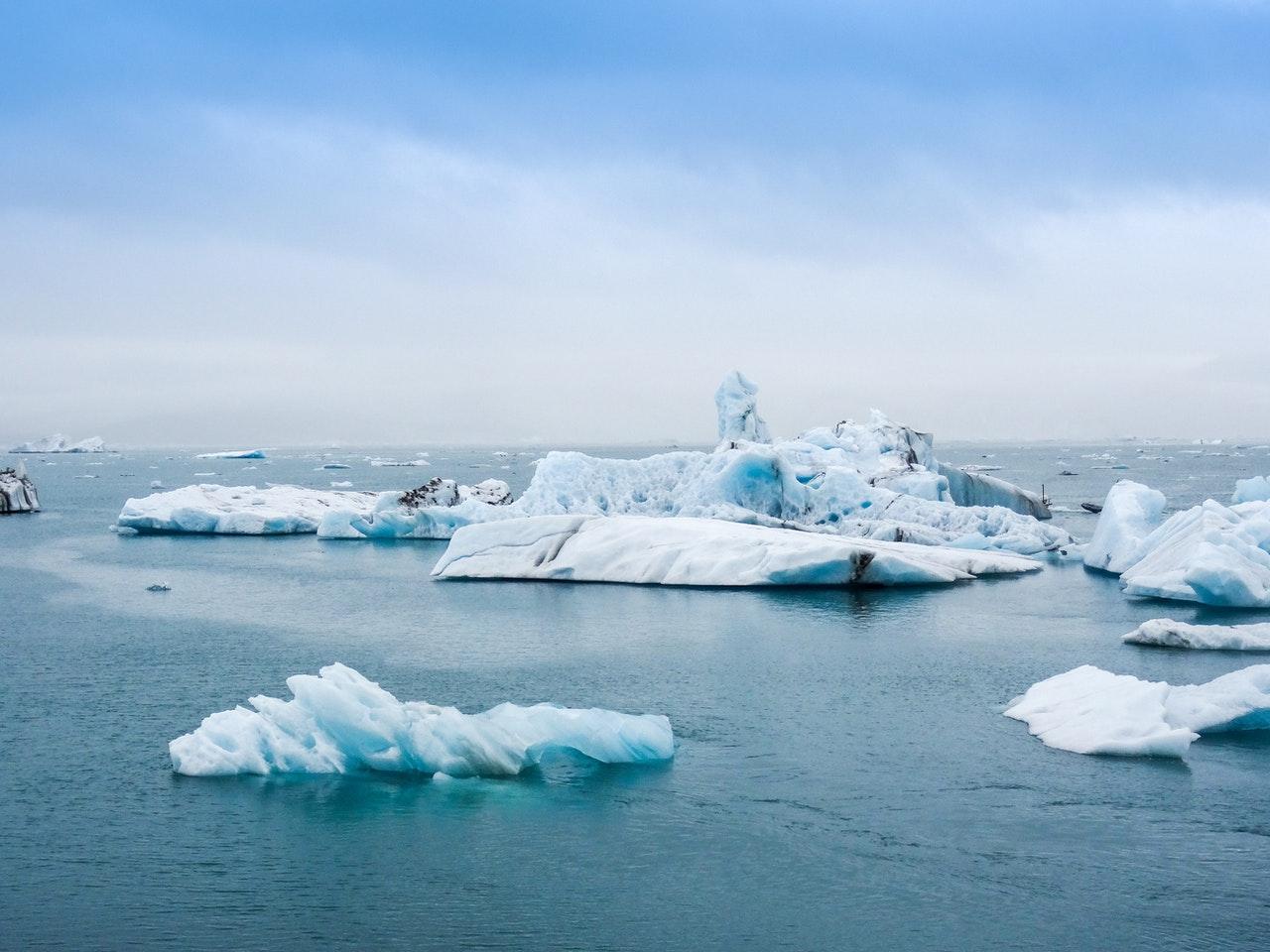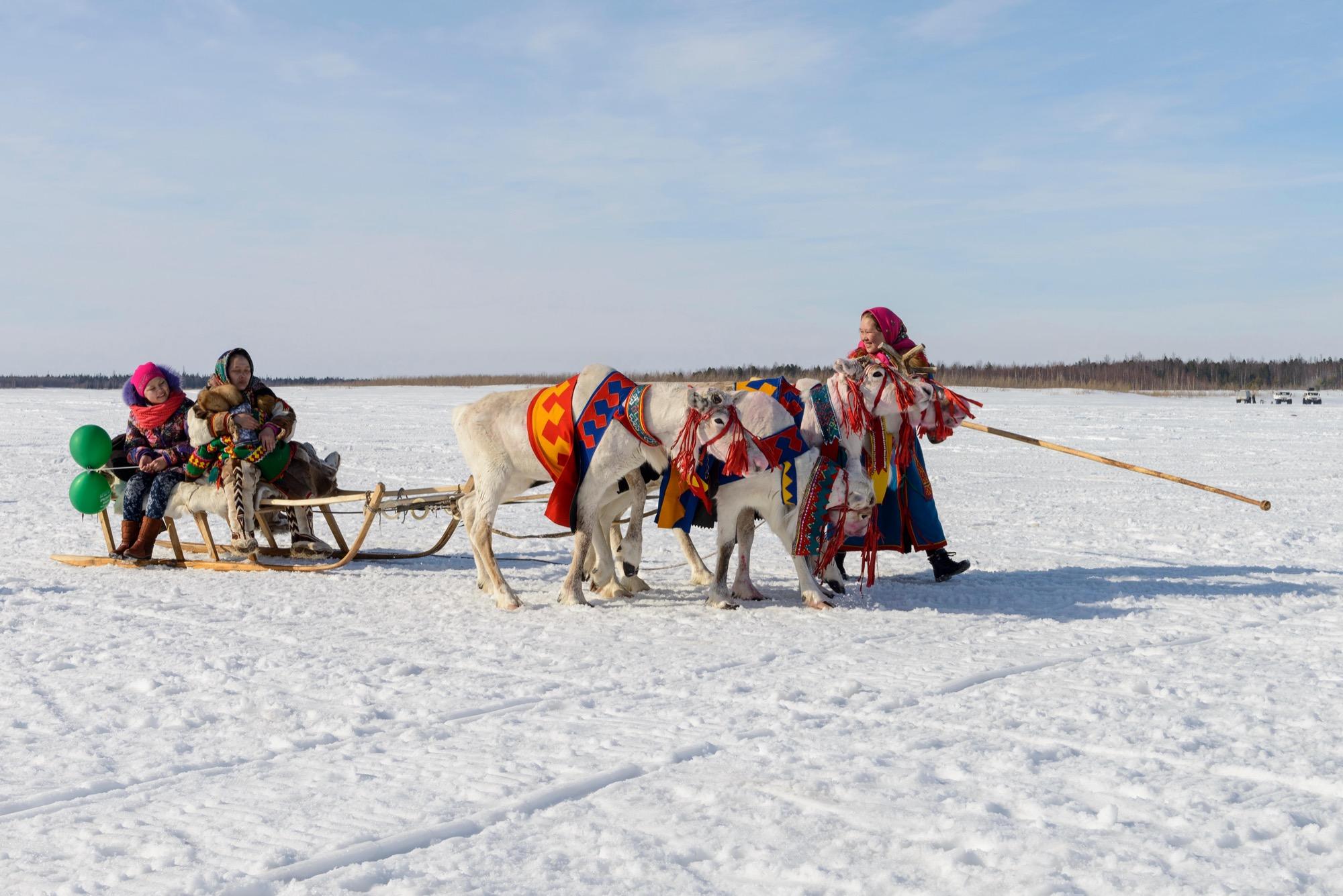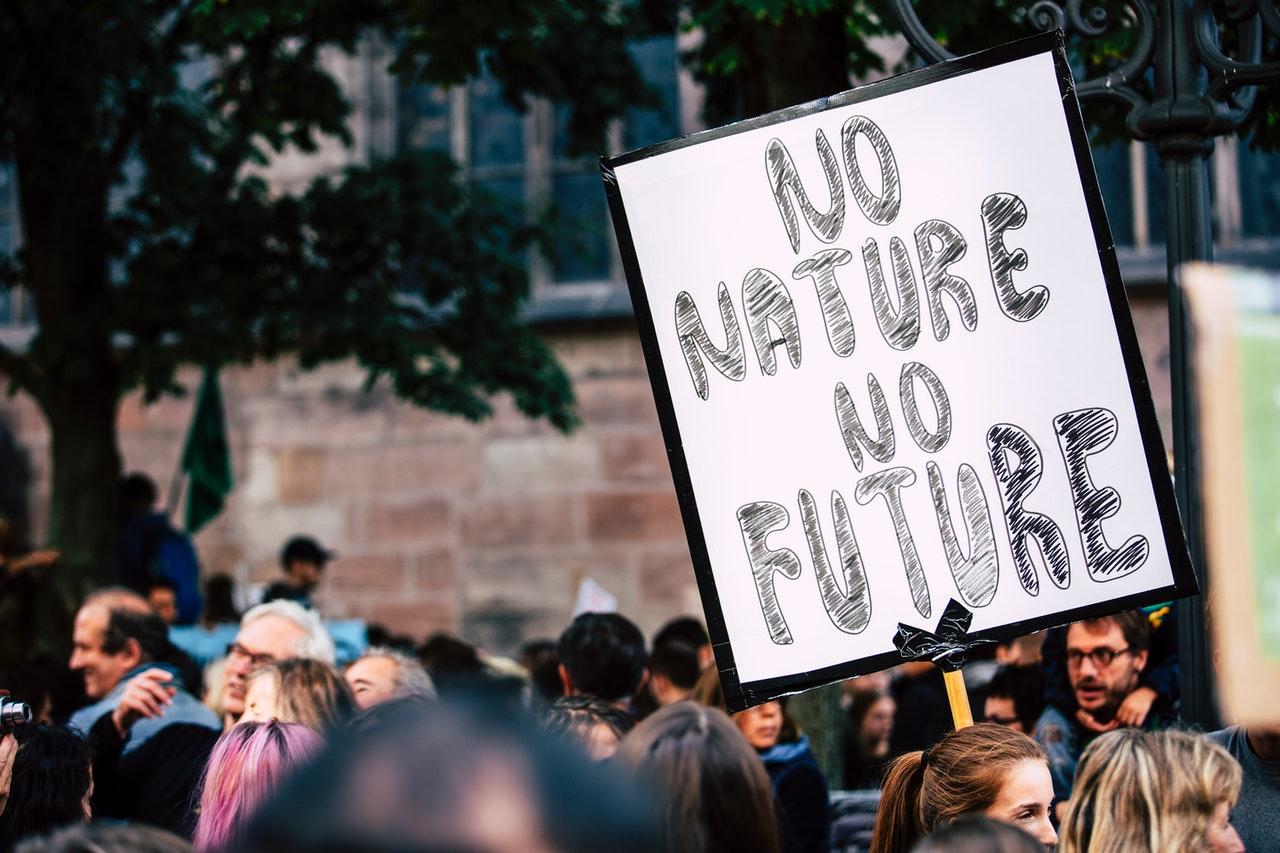What indigenous communities teach us about climate change?
The important link between Tribal communities and climate change

Following COP26, there has been increased discussions on human impact on the environment. With protests increasing around the world in response to a perceived lack of action from governments, we thought we would take this opportunity to discuss the tribal link to Climate Change. Here at Tribes we have always looked to these communities for inspiration, embedding their customs and insights across our meeting rooms, office spaces, coworking spaces and locations. Our staff, members, and visitors continue to be motivated by their way of life, one which is arguably more focused, healthy and natural than our own. However, their fragile way of life and self-sufficiency is facing new threats outside their control.
An introduction to the Quinault Tribe
The Quinault Tribe is a federally recognized Native American Tribe based in the West of Washington State. This community has been self governed since 1990, with the United States Government accepting the practicality of self-determination and general control of their own affairs.
How is Climate Change affecting the Quinault Tribe?
Let's look at the blueback salmon. A precious asset for the Quinault Native American Tribe, who started to witness a drastic reduction in numbers. This fish isn't common and is only found in the Quinault River. Protecting it has become harder with warming water impacting their ecosystem.
It's important to note that the Quinault Indian Nation manage a reservation of approximately 300,000+ square acres, most of which is based on lowlands. In recent years the Quinault Tribe has had to consider and accept relocation due to increasingly sporadic weather including floods, landslides and the widespread death of marine life due to warming water from the Pacific Ocean. Their new location was chosen specifically for its elevation, to remove threats from flooding, which has also been increasing across other Native American land. Then there is the issue of the Anderson Glacier. An assumed immovable fixture from the Washington State mountains, this natural wonder has now receded to less than 10% of it's original size, with the glacier itself becoming thinner.
Multiple state of emergencies have been declared by the Quinault Nation in response to the aforementioned dilemmas.
What other Tribes are facing challenges from climate change?
Surprisingly, most indigenous and tribal communities or collectives are facing challenges from climate change. Living detached from perceived modern society means their inalienable land rights are challenged often. Brazil's Indigenous communities challenged COP26 to help protect the Amazon (otherwise known as the lungs of the world) from loggers, miners, and the government itself. The Inuits continue to struggle with changing weather and vanishing ice making travel more dangerous. Droughts in Ethiopia are affecting the Hamar Tribe herding, farming land and other precious resources, thus endangering the community and forcing many to consider conforming to an entirely different way of life.
How are the Nenets affected by climate change?
As highlighted by Alexander N. Davydov and Galina V. Mikhailova for Global Health Action, the Nenets are dependent on hunting, fishing and reindeer herding for survival. They conclude that the Nents are aware of Climate Change and note the negative impacts this has had on their quality of life such as even colder and longer winters and colder, shorter summers which drastically impacts their migratory routines. Moreover, Minority Rights highlights the huge impact of oil drilling as a threat to the Nenets. With Europe getting much of it's gas energy from Russia, Reuters illustrates how gas deposits beneath the feet of the Nenets reindeer has become a sought after asset and thus increasingly relevant. Expansion continues with little compensation provided to the Nenets or to account for the environmental damage. But how do these productions actually impact the surrounding environment? It's not just the damage to the actual earth from these invasive practices, it's how this impacts the wildlife in the area. As we previously mentioned, the Nenets have a sacred bond with their Reindeer who help ensure their survival. Reindeers for the Nenets are now skinnier and weaker with numbers reducing, arguably due to industrial disturbances.
So what can we learn from the Tribal climate struggle?
Firstly, this highlights how Climate Change goes beyond just rising temperatures and melting ice caps, from Africa to Brazil all indigenous communities are being affected in some way or another. Secondly, this highlights the importance of protecting resources for vulnerable communities and minorities. Huge considerations need to be taken on it's increasing impact of Climate Change on access to food, resources, medicine and entire ways of life which continue to be threatened. Finally, and maybe most importantly — this demonstrates how we all share a collective responsibility in responding to these existential threats. Tribal nations are considered to be 'ground zero' regarding their proximity and activism to the developing Climate Crisis.
If you would like to show your solidarity for Tribal communities facing these unprecedented issues, then join us in our continued support of Survival International who continue to champion, protect and uphold Tribal rights worldwide.
For more information, visit Minority Rights to see what other populations are facing threats and what you can do about it!



